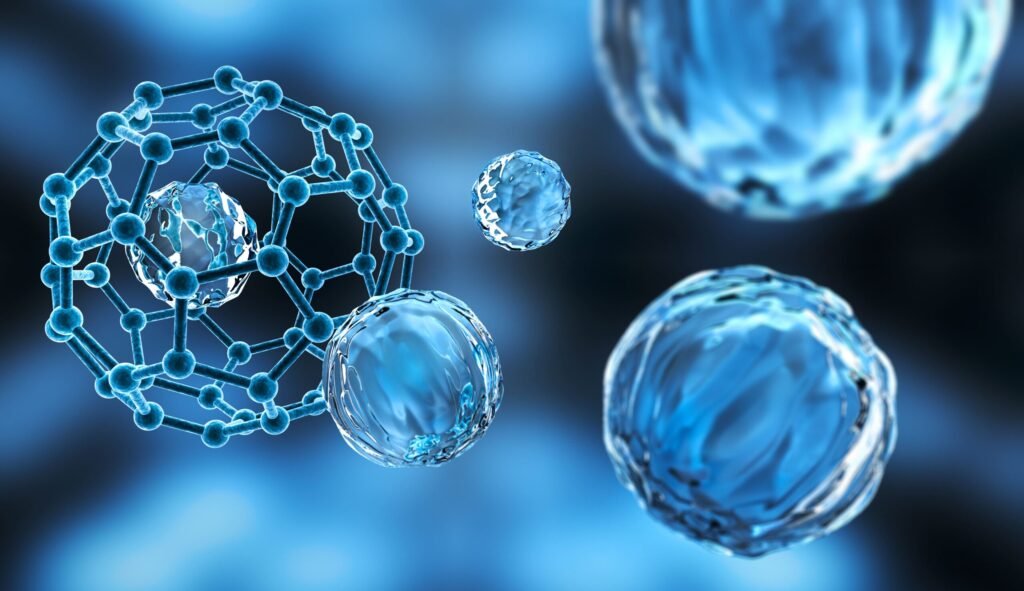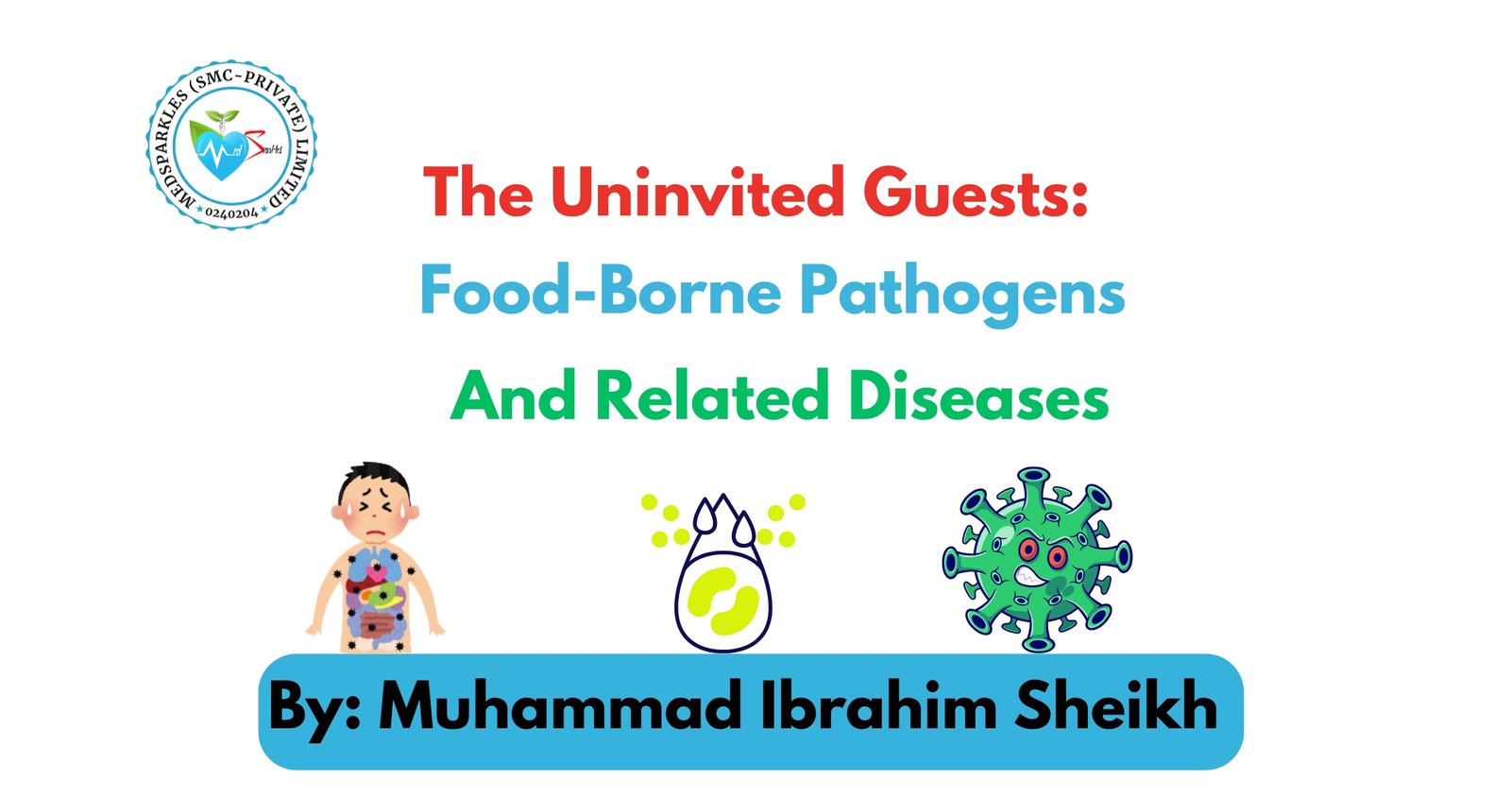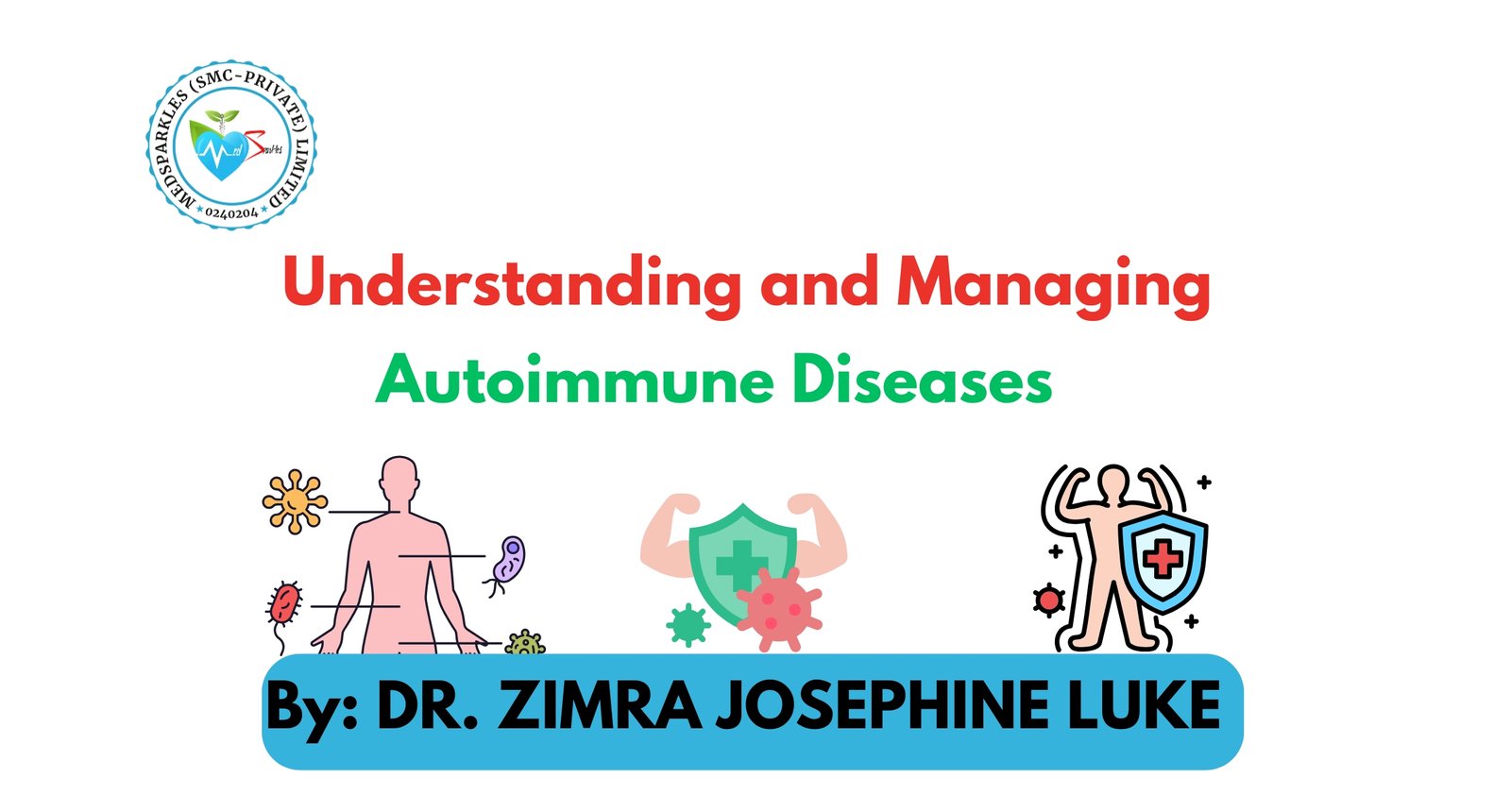
Nanoparticles are quiet yet effective tools in science. More likely, they shall provide everything positive including the cure for cancer. They are tiny particles commonly measured between 1 and 100 nanometers; they have great potential to improve the treatment of patients suffering from cancer. More effective, targeted and less toxic therapies for patients are the inevitable promises of introducing them in cancer treatment. But what really are nanoparticles, and why did they manage to gain such a big noise in this battle of mortality against mankind?
The science behind nanoparticles in cancer treatment
Nanoparticles are engineered particles for their application at nanoscale dimensions such that they exhibit exclusive physicochemical attributes that would make them suitable for application, not only in medicine but also in engineering and cosmetics, environmental remediation, air purification, and catalysis.
They are so small that they can interact very closely at the scale of life, enter cells and tissues in a way that would be impossible using conventional treatments. Direct drug delivery to cancer cells is possible without damage to healthy cells with the means of using a nanocarrier.
The wise use of nanomaterials can provide significant benefits as smart carriers for medicines. Chemotherapy usually comprises highly toxic chemicals having their effects on cancerous as well as non-cancerous cells following entry into the body. Coating nanoparticles with ligands that specifically tune receptors on cancer cells, they can guide nanoparticles to the tumors where the drug action is needed most. This precision significantly reduces the side effects like nausea, fatigue, and immune suppression.
Types of nanoparticles
Several types of nanoparticles are currently being studied or used in cancer treatment:
1.Liposomes

2.Gold Nanoparticles
3.Polymeric Nanoparticles
4.Magnetic Nanoparticles
5.Quantum dots
6.Iron oxide nanoparticles
7.Silica nanoparticles
8.Dendrimers
9.Nano emulsions
10.Micelles
Targeted drug delivery:
One of the novel ideas developed today by scientists is the use of nanoparticles for targeted drug delivery. With the use of nanotechnology, scientists have come up with personalized nanoparticles to deliver drugs, genetic materials, or even therapeutic proteins on cancer cells. As an illustration, some of these nanoparticles run a following example used in the treatment of breast cancer targeting those where HER2 receptors bound therapeutic agent specifically since in some breast cancers, the receptor protein HER2 has been overexpressed. With targeted action, this enhances the efficacy of treatment while reducing the risk that is otherwise present in traditional chemotherapy.
The versatility of nanoparticles:
Nanoparticles are not just restricted to delivering drugs; they also serve versatile applications in early diagnosis and imaging. For example, quantum dot can be used in the interpretation of cancer cells during imaging to help the doctor easily detect those tumors that really need it at early stages. Nanosensors are also under development to detect those biomarkers in the bloodstream, and there are odds of early diagnosis of cancer, even before any symptoms appear.
On top of that, nanoparticles are merged with immunotherapy and used to increase the natural possible defenses by the body against cancer. These immune-boosting molecules can directly hit the tumor areas using nanoparticles and give improvement to the immune system by the recognition and destruction of cancer cells.
Challenges and future prospects
Though there is great potential in nanoparticles for cancer treatment, there are still major hurdles to their application. These include production high costs, possible long-term toxicity effects, and regulatory barriers-all preventing these solutions from becoming widely adopted. On the bright side, continuous research coupled with technological advancements seems to gradually solve the problems.
The future looks promising now for the combination of nanoparticles with artificial intelligence and genomics. One could even dream of a future where nanoparticles “controlled” by AI directives could alter their behavior in real time to make them even better cancer cell hunters or individualized treatment based on an individual patient’s genetics.
Conclusion:
Nanoparticles signal a whole new paradigm in understanding and treating cancer; they offer hope that cancer could be treated, and even cured, in the future, by bringing precision to treatments, minimizing side effects and enabling new modalities of diagnosis and therapy. As researchers continue to refine these tiny warriors, they will become more and more instrumental in the fight against cancer, bringing the world ever closer to a time when no one needs to live in fear of this devastating disease.






